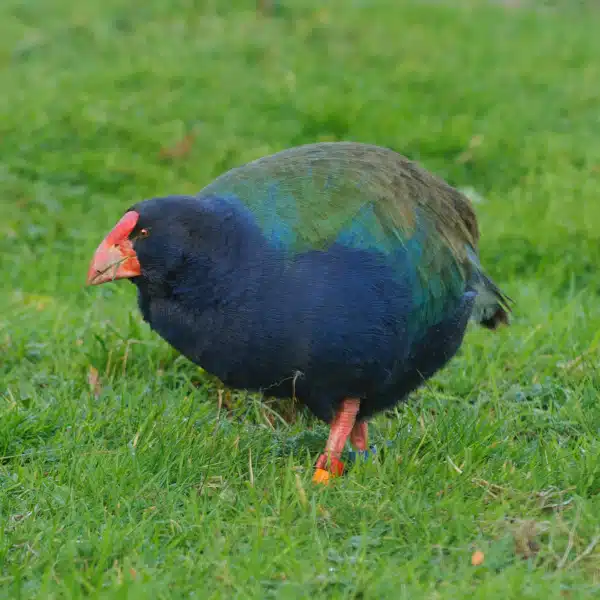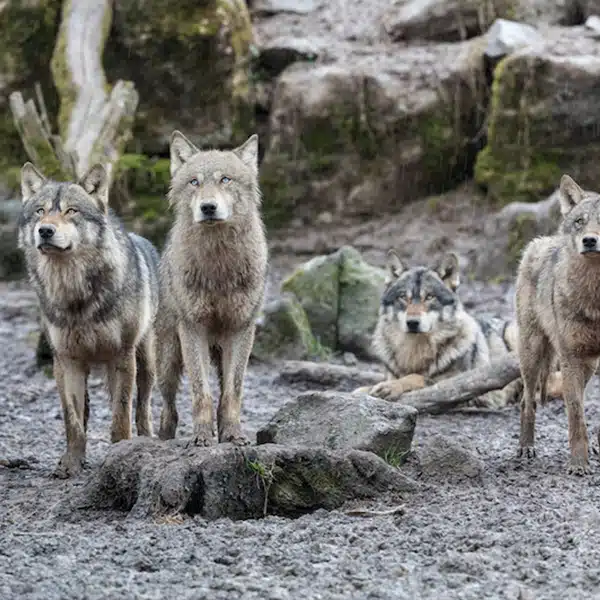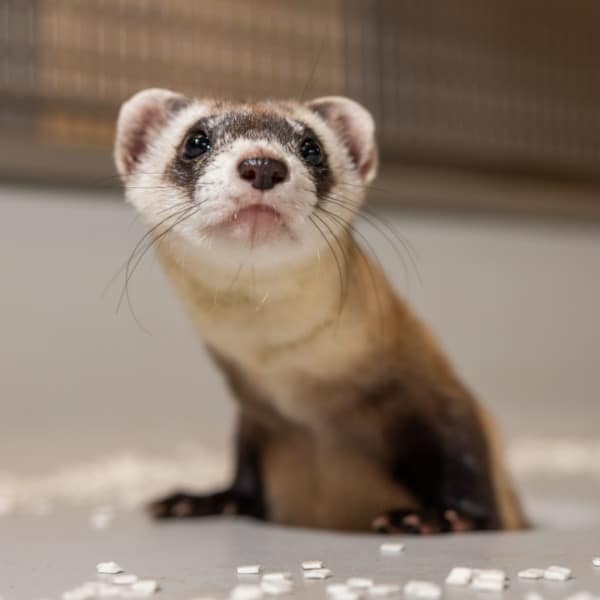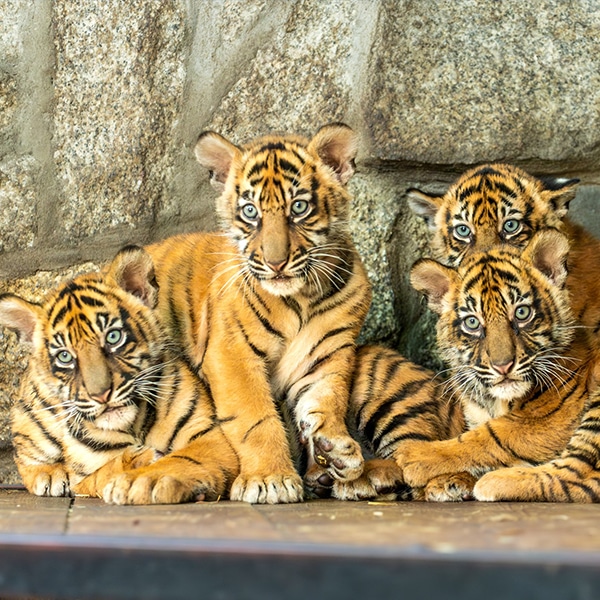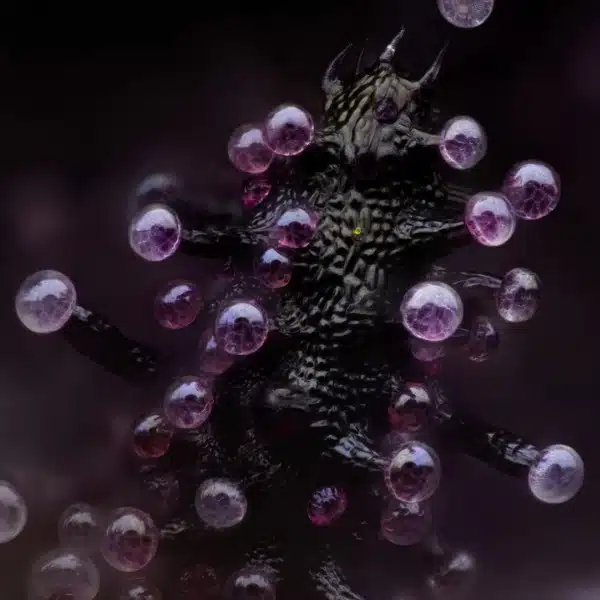When we, as humans, get slightly injured, we typically treat our own wounds. But something serious, our species seeks out those with medical training to ensure healing. In the wild animal kingdom, medical care is much different. For one male Sumatran orangutan, a facial wound likely caused by a fight could have spelled infection and pain. However, the large orange primate found a way to treat himself using a native-growing plant where he roams in the Indonesian rainforest.
As announced in Scientific Reports, the orangutan Rakus chewed and applied a medicinal plant in a documented species first, which is highly suggestive of the great ape's connection to humans and their incredible intelligence.
Rakus lives in Suaq Balimbing, Indonesia. He is a Sumatran orangutan, a critically endangered species with only about 14,613 surviving individuals. Biologists at the Max Planck Institute of Animal Behavior and the Universitas Nasional study and observe the great apes in their habitat. When they noticed Rakus's wound, they paid attention. But what happened three days later surprised them. Rakus picked and chewed a plant called Akar Kuning (Fibraurea tinctoria). He then applied the mush to his wound, creating a protective layer over the wound.
The plant is known for relieving pain and preventing infection, but it is not typically a food for the local orangutans. “It is possible, that wound treatment with Fibraurea tinctoria by the orangutans at Suaq emerges through individual innovation,” says Caroline Schuppli, an author of the paper. “Orangutans at the site rarely eat the plant. However, individuals may accidentally touch their wounds while feeding on this plant and thus unintentionally apply the plant’s juice to their wounds. As Fibraurea tinctoria has potent analgesic effects, individuals may feel an immediate pain release, causing them to repeat the behavior several times.”
It is also possible Rakus brought this knowledge from his birthplace. Schuppli notes, “Therefore, it is possible that the behavior is shown by more individuals in his natal population outside the Suaq research area.”
Luckily for Rakus, his treatment worked and his wound healed without incident. While other examples of great apes treating wounds have been documented, but the selective treatment of only the wound and the layering of plant material in different consistencies were remarkable.
According to the statement from the Max Planck Institute, this remarkable observation is “the first report of active wound management with a biological active substance in a great ape species and provides new insights into the existence of self-medication in our closest relatives and in the evolutionary origins of wound medication more broadly.”
An orangutan in a wildlife preserve sustained a wound, but it was able to treat itself by finding, chewing, and applying a plan whose medicinal properties are activated by spit.
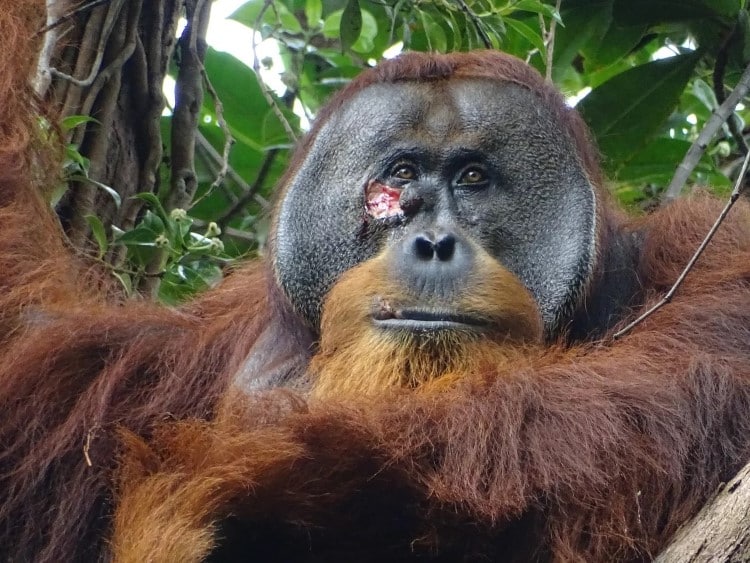
Facial wound of adult flanged male Rakus (photo taken two days before applying the plant mesh to the wound). (Photo: © Armas / Suaq Project via Max Planck Institute of Animal Behavior)
This amazing insight by the creature could tell us more about their evolutionary relationship to humans.
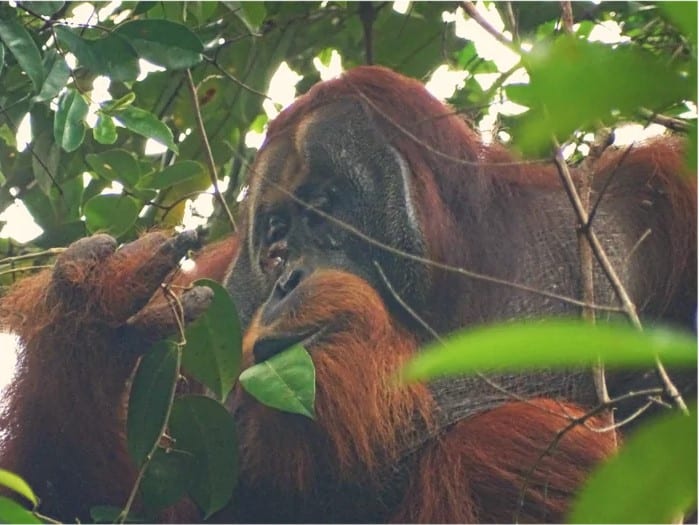
Rakus feeding on Fibraurea tinctoria leaves (photo taken on the day after applying the plant mesh to the wound). (Photo: © Armas / Suaq Project via Max Planck Institute of Animal Behavior)
h/t: [Popular Science]
Related Articles:
15 of the World’s Most Endangered Animals
Zookeeper Cures Orangutan’s Morning Sickness With Pregnancy Tea
Orangutan Tries on Sunglasses After Tourist Accidentally Drops Them in Zoo Enclosure
Baby Gorilla Develops Unique Bond to Zookeeper After He Reared Him and Nursed Him Back to Health











































































